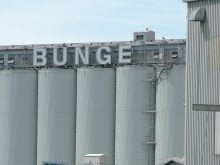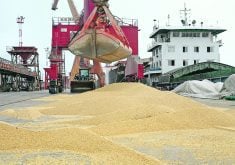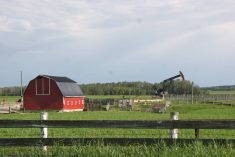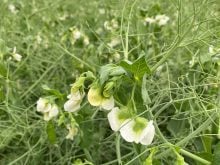A $110 million market for Canadian lentils is in jeopardy after the emergence of a non-tariff trade barrier.
On Feb. 24, the European Union rejected a shipment of organic lentils from Turkey for exceeding its 0.1 parts per million tolerance for glyphosate residue.
Other shipments have since been rejected for the same reason, including one on April 1 that contained Canadian organic lentils.
The incidents have disrupted trade to a market that bought 57,762 tonnes of Canadian lentils through the first half of the 2010-11 marketing campaign.
The problem is that Canada’s maximum residue limit for lentils is four ppm, which is 40 times higher than Europe’s limit.
Read Also
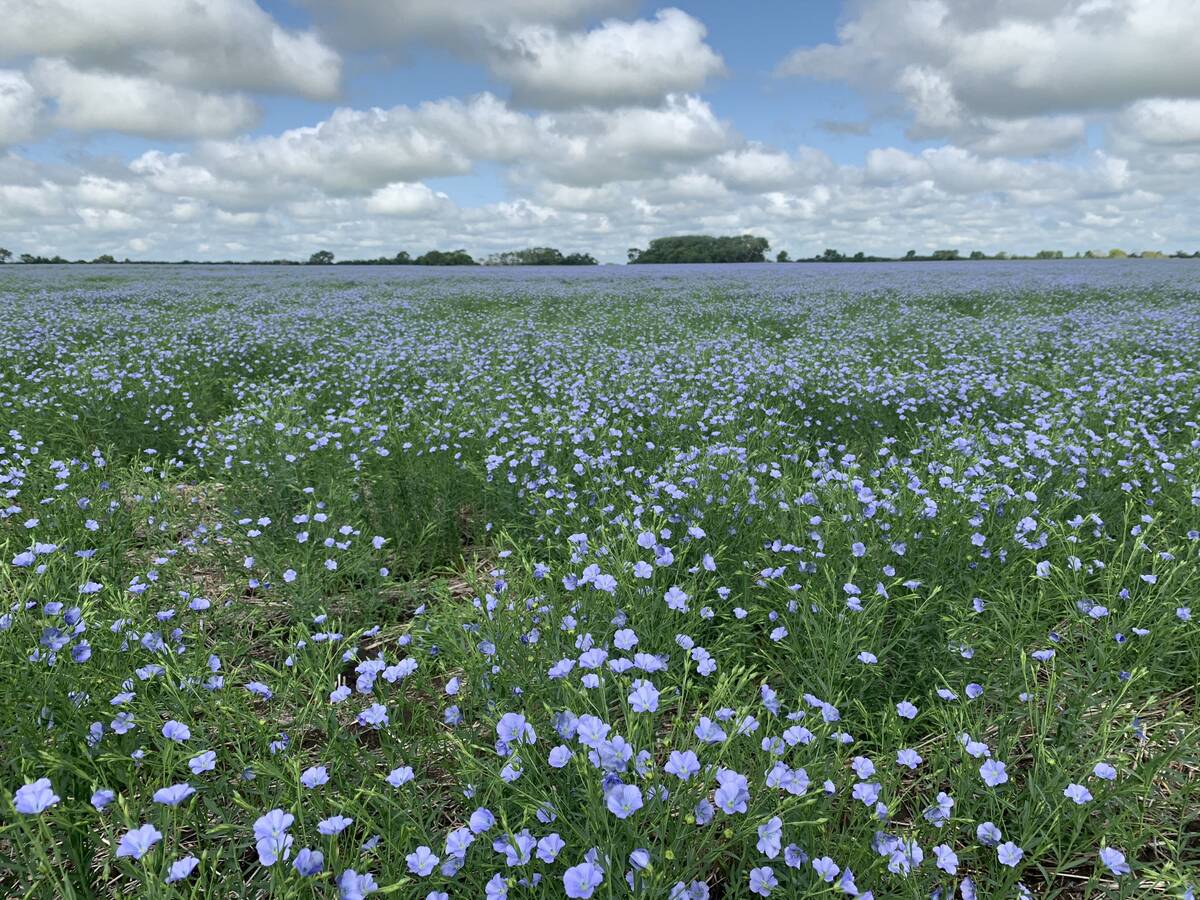
Flax sector sees omega-3 opportunity
SASKATOON — A global shortage of omega-3 oils could be an opportunity for the flax sector, says an industry official….
Garth Patterson, executive director of Saskatchewan Pulse Growers, said the incident will have a multipronged effect on growers.
“For the 2010 crop, it immediately impacts their ability to sell it. The trade is being very cautious now about sales to Europe.”
Traders have already begun diverting product away from a destination that regularly consumes 10 to 15 percent of Canada’s lentil crop.
Patterson said the slowdown in demand from Europe, coupled with a record pulse harvest in India, could hurt lentil prices and further contract plantings of a crop that is already expected to shrink by 22 percent from last year.
Pulse Canada chief executive officer Gordon Bacon said it will be tough for Canada to meet Europe’s regulatory requirements, considering 35 to 40 percent of lentil acres are treated with glyphosate.
“It’s going to either limit our sales to Europe because we can’t meet the market’s specifications or we’re going to have to look at segregating the product,” he said.
Segregation would add costs to the system, and it remains to be seen whether European buyers would be willing to absorb those extra costs.
Bacon and his counterpart with the USA Dry Pea and Lentil Council are in Europe trying to figure out a solution.
A short-term option is to convince the Europeans to group lentils with peas, which have a glyphosate tolerance level of 10 ppm.
Bacon said the average daily intake of the two crops is similar; they are both grown in the same area of Western Canada and are both members of the legume family. It doesn’t make sense that lentils are subject to 100 times the scrutiny of peas.
The two associations are also working with Monsanto to submit an application to the EU to change its maximum residue limit for glyphosate in lentils to be more in line with those of other crops and jurisdictions.
The EU review process for such applications typically takes a year or more.
Patterson said growers don’t have to concern themselves about using glyphosate for pre-seeding burnoff but they should consult with buyers whether they will accept lentils treated with pre-harvest glyphosate.
Mark Goodwin, pest management co-ordinator for Pulse Canada, said the industry recently received $1.6 million from Agriculture Canada to identify and thwart potential market access threats.
“More than a year ago we identified glyphosate as one of the vulnerabilities,” he said.
“It’s just unfortunate that it kind of came to the fore while we’re still working on it.”




